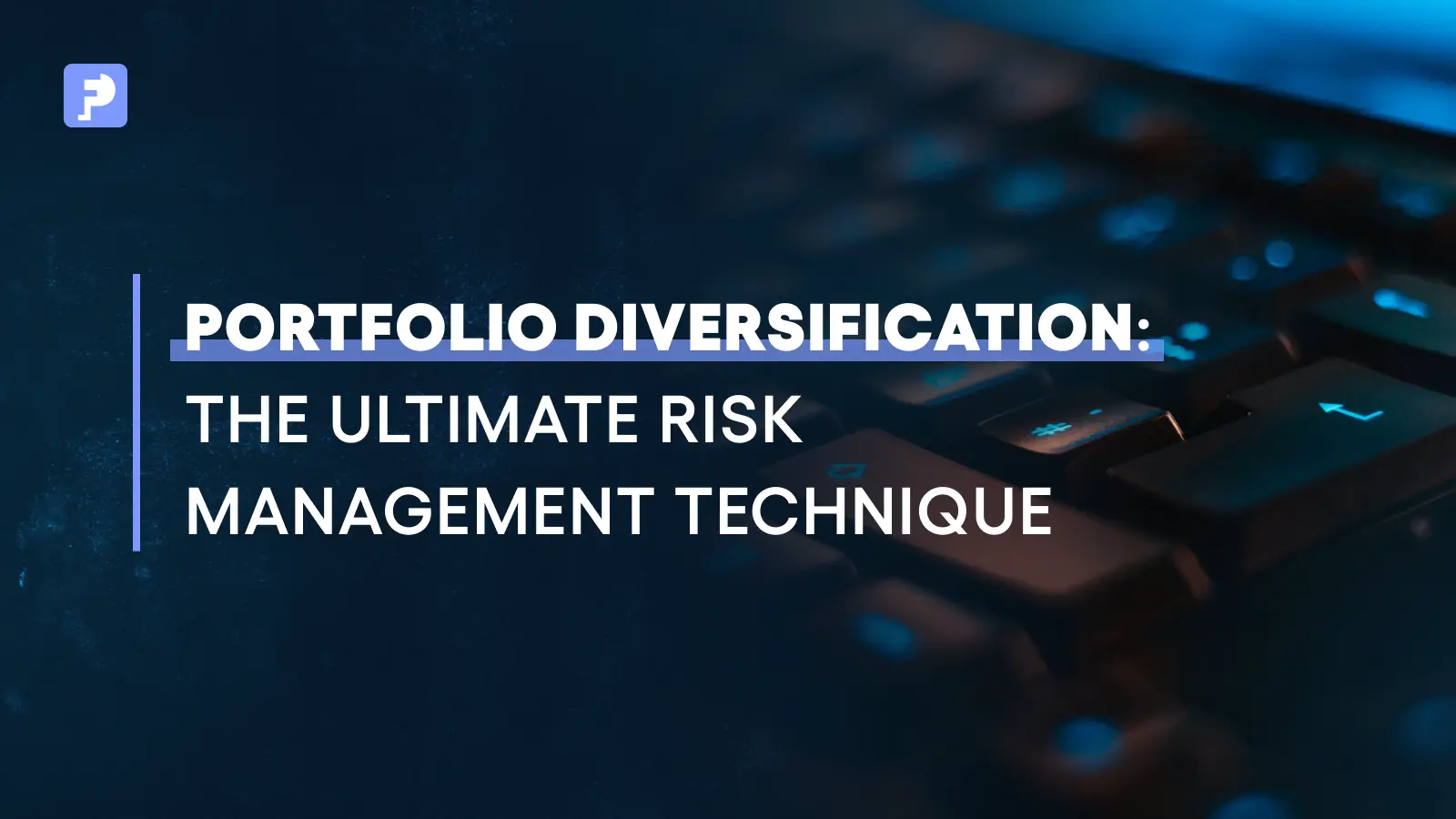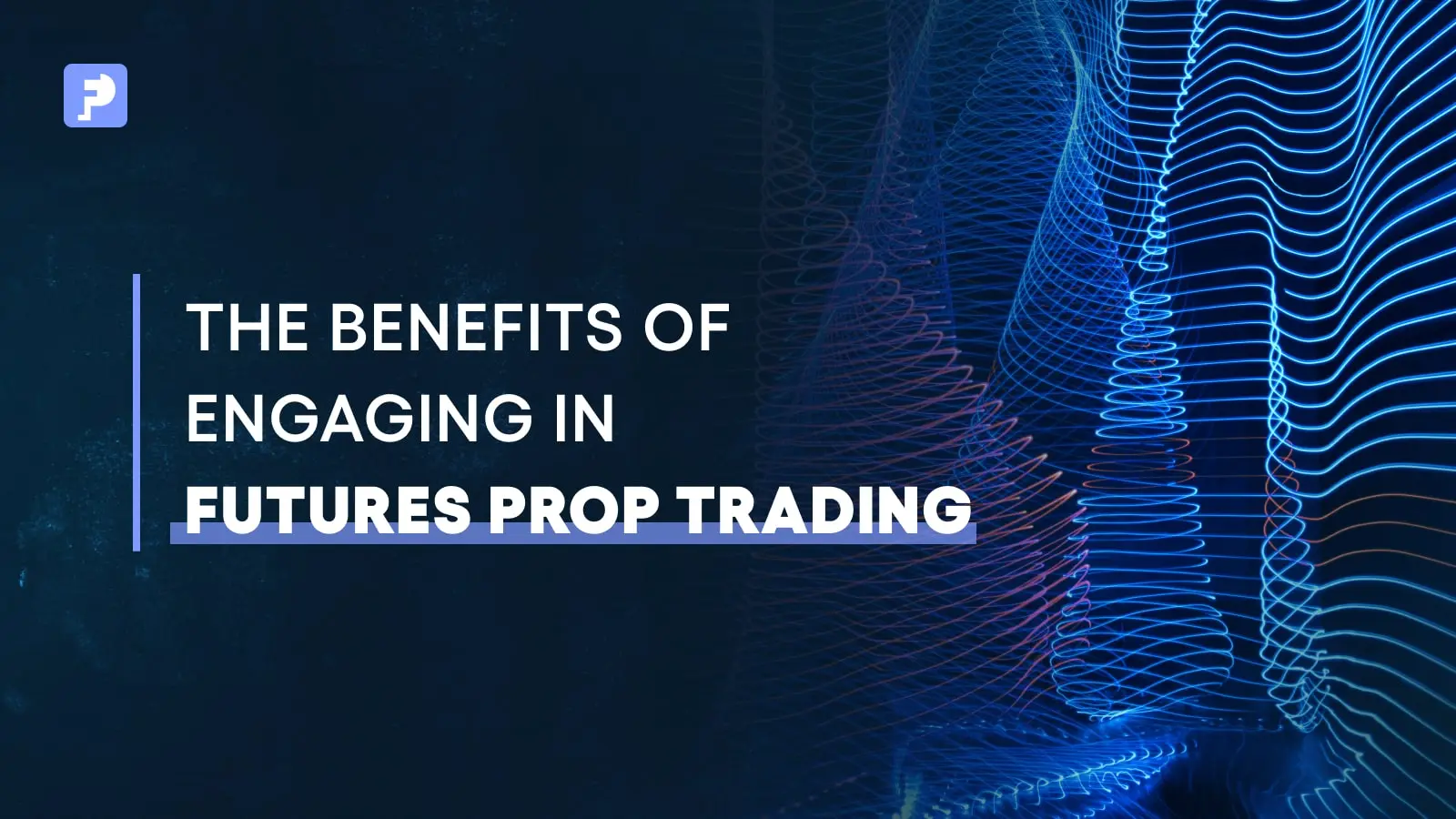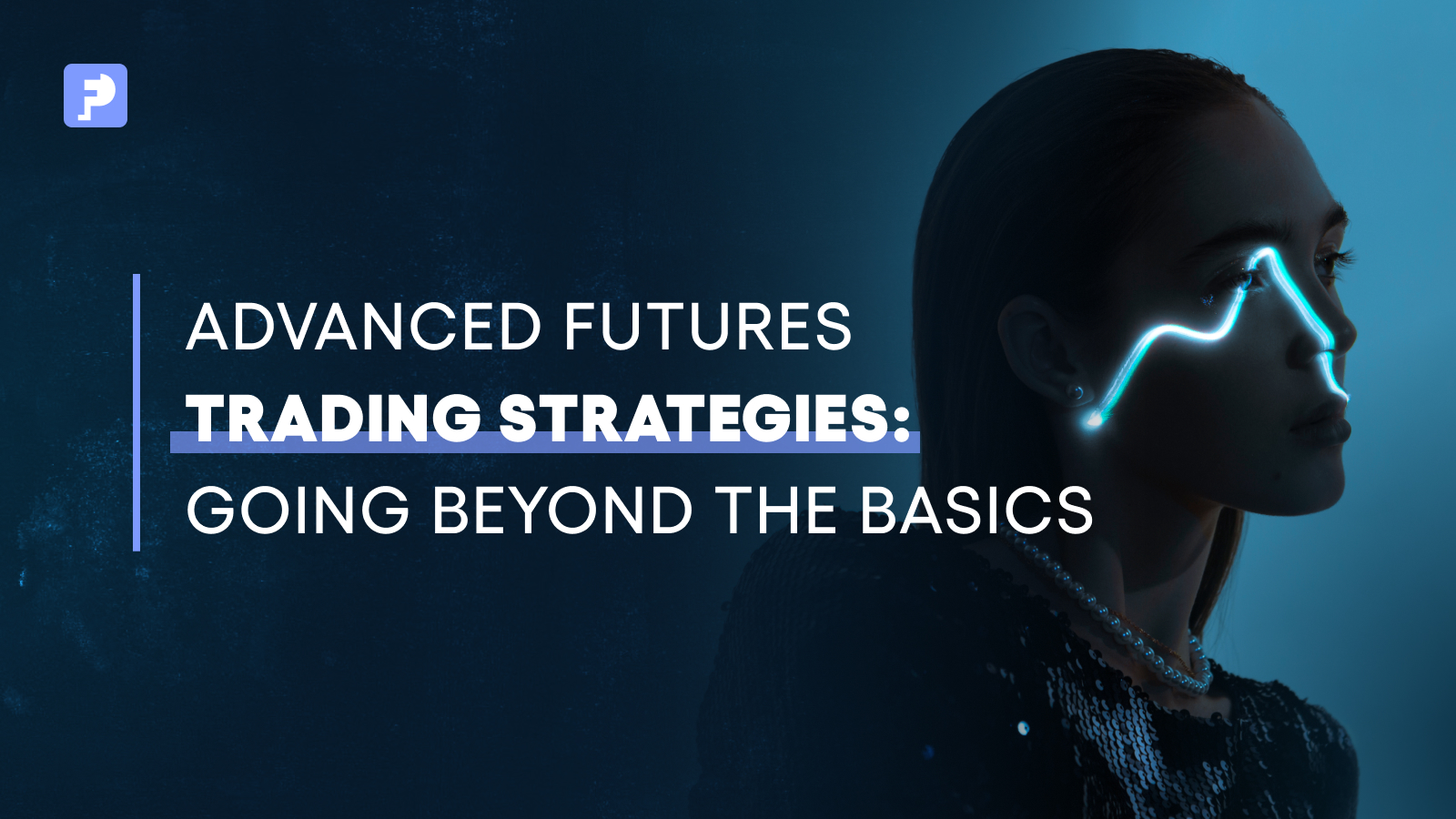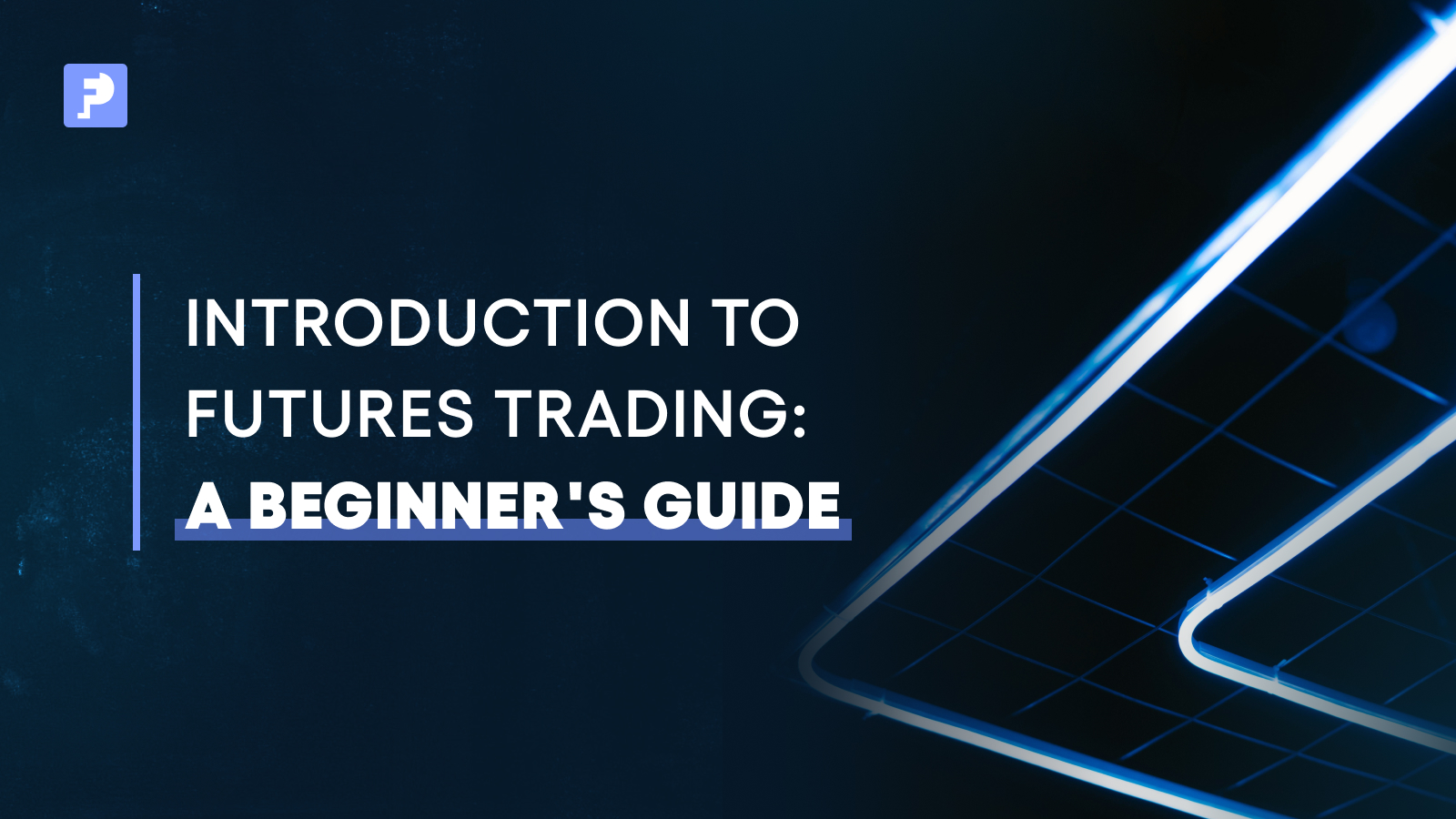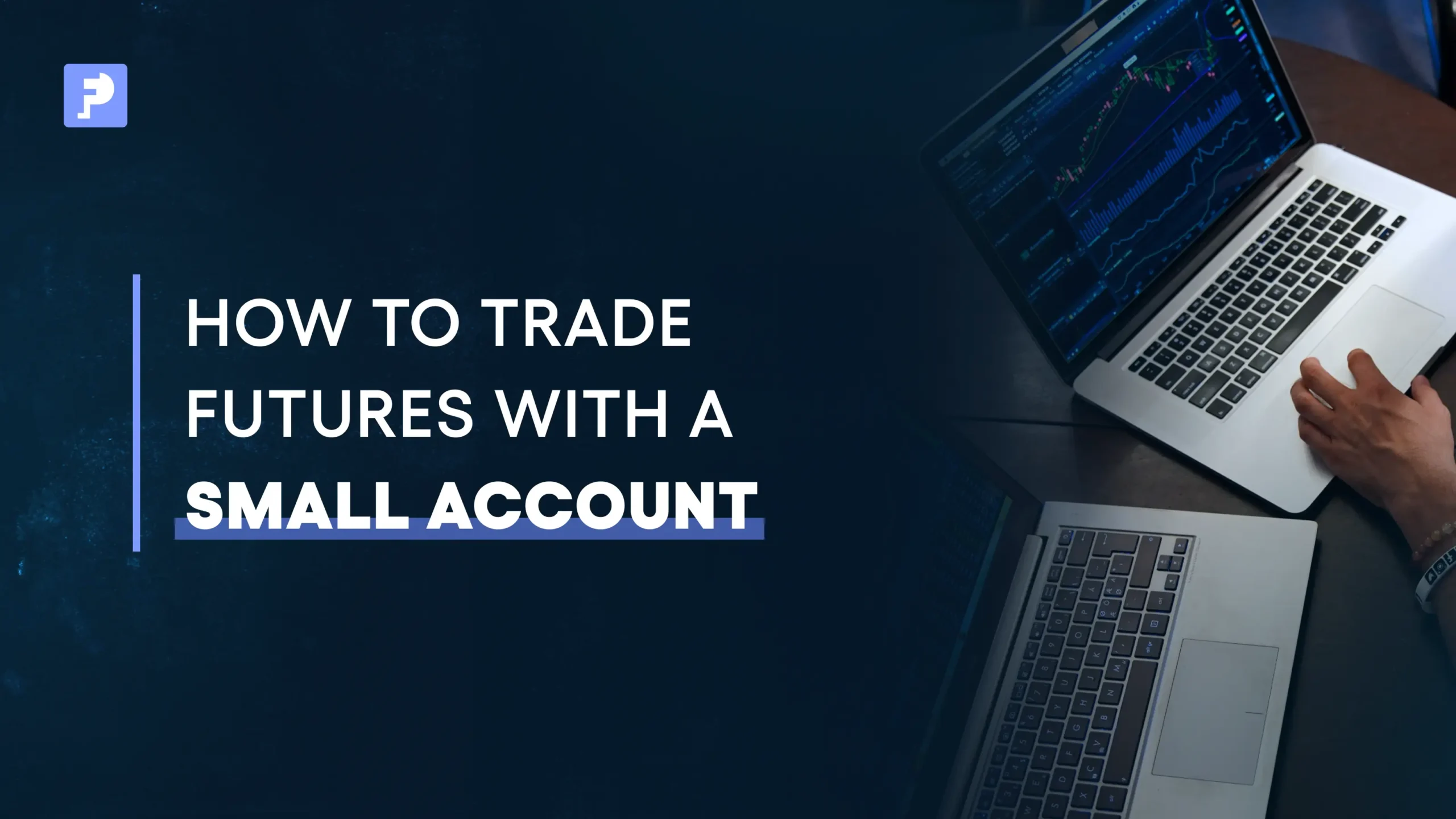
How to Trade Futures with a Small Account
Trading futures with a small account may seem daunting, but with the right approach, education, and risk management, you can build a profitable career.
In this article, we’ll explore strategies tailored for traders with limited capital, explain the benefits of using micro and E-mini contracts, and discuss how partnering with a prop firm can help you scale up and even fund your own cash futures trading account.
Introduction: Why Trading Futures with a Small Account Is Possible
Starting with a modest amount of capital is not a barrier to entering the futures markets. Many successful traders began with small accounts and gradually scaled their operations. Today’s diverse range of futures products—especially micro and E-mini contracts—makes it possible to trade with lower margin requirements and manageable risk.
The Changing Landscape of Futures Trading
- Lower Margin Requirements: The introduction of E-mini and micro futures allows traders to participate with smaller amounts of capital.
- Diverse Product Range: You can choose from index futures, commodity futures, currency futures, and more, enabling you to diversify your trading strategy.
- Modern Platforms: Advanced brokers and prop firms now offer platforms with real-time data, intuitive interfaces, and low commission fees.
These developments have democratized access to futures markets, ensuring that even traders with a limited balance can execute trades effectively.
Education: The First Step Toward Success
Before you begin trading futures, it’s crucial to build a solid foundation of knowledge. Educating yourself will help you understand market mechanics, margin requirements, and risk management fundamentals.
Key Areas to Focus On
- Futures Contract Basics: Learn what futures contracts are and how they work.
- Leverage: If available, understand the role of leverage in controlling large positions with a small amount of capital.
- Risk Management Techniques: Study how stop-loss orders, position sizing, and other risk management tools help protect your account.
- Technical and Fundamental Analysis: Equip yourself with the skills to read charts and analyze market trends.
Educational resources such as online courses, books, webinars, and communities can provide valuable insights. Consider these tips for continuous improvement:
- Create a trading journal to record your decisions and learn from both successes and mistakes.
- Follow market news and updates to stay current on economic events that could influence futures prices.
- Participate in online forums or local trading groups to share experiences and strategies. You can join our lively Discord server here.
Choosing the Right Brokerage and Trading Platform
Your choice of brokerage can make a significant difference when trading with a small account. Look for a broker that offers:
- Low Minimum Deposit: Choose a brokerage with a low minimum account balance.
- Competitive Commission Rates: Lower fees help preserve your limited trading capital.
- User-Friendly Platforms: An intuitive platform with real-time data, advanced charting tools, and quick execution can be a game changer.
- Access to Micro and E-mini Contracts: Ensure your broker offers products that suit small accounts, like micro E-mini futures, which allow you to trade with less risk.
Brokerages that specialize in futures trading often provide educational resources and demo accounts, helping you test your strategies before risking real money.
Understanding E-mini and Micro Futures
E-mini futures—such as the E-mini S&P 500—were initially designed as a fraction (roughly one‑fifth) of the full‑size S&P 500 futures contract. Over time, due to their popularity and superior liquidity, the original full‑size contract was phased out (delisted), and the E-mini became the primary instrument for trading equity index futures. However, despite being “mini” compared to the old full‑size contract, E-mini futures typically require a substantial margin (often in the range of $12,000–$15,000) and are actively traded by professional and institutional market participants.
What Are E-mini Futures?
E-mini futures are electronically traded contracts that offer exposure to major indices such as the S&P 500, Nasdaq‑100, and Dow Jones Industrial Average. For example, the E-mini S&P 500 uses a multiplier of $50, so each 1‑point move in the index represents a $50 change in the contract’s value. Their key features include:
- High Liquidity: Tight bid‑ask spreads and robust trading volumes make it easy to enter and exit positions.
- Broad Market Exposure: They provide efficient access to the performance of major market indices
- Market Standardization: Having evolved into the most popular and widely traded futures product on the CME, E-minis benefit from extensive market infrastructure and transparency.
Because E-mini futures now serve as the standard contract, their margin requirements reflect their significant notional exposure—making them less accessible for traders with very limited capital.
The Rise of Micro Futures
To better serve traders with smaller accounts, the CME introduced Micro E-mini futures in May 2019. These contracts are one‑tenth the size of the E-mini futures. For instance, while each 1‑point move in an E-mini S&P 500 contract represents $50, in a Micro E-mini S&P 500 contract it represents only $5. This dramatic reduction in contract size translates into much lower margin requirements (around $1,300 versus $12,000–$15,000 for an E-mini), along with a lower dollar risk per tick.
Micro futures are ideal for:
- New or Smaller Account Traders: They offer a lower-cost entry into the futures markets.
- Precise Risk Management: The smaller contract size allows for finer adjustments in exposure, enabling traders to manage risk with greater precision.
- Strategy Testing and Skill Building: With less capital at risk, micro contracts are excellent for testing strategies and developing trading discipline.
By understanding these distinctions, traders can better decide what contracts best meet their trading objectives. You can check the tick-value of all available instruments on this page.
High-Probability Trades and Strategy Development
When trading with a small account, focusing on high-probability trades is essential. This means selecting trades with favorable risk-reward ratios and clear entry and exit points.
Tips for Identifying High-Probability Trades
- Technical Setups: Look for patterns such as breakouts, retracements, and support/resistance levels.
- Fundamental Triggers: Consider economic indicators and news events that might drive market movements.
- Defined Strategy: Whether you prefer swing trading, mean reversion, or momentum strategies, ensure your approach includes clear rules for entering and exiting trades.
By focusing on these three things, you can spread your risk across multiple trades, increasing your chances of success while minimizing the impact of any single loss.
Implementing Strict Risk Management
Risk management is especially crucial when you’re trading with a small account. Protecting your capital ensures that you have the opportunity to learn and grow your account over time.
Key Risk Management Techniques
- Position Sizing: Only risk a small percentage of your account on any single trade (typically 1-2%).
- Stop-Loss Orders: Always place stop-losses to safeguard your account.
- Avoid Overleveraging: While leverage can boost profits, excessive leverage can quickly deplete a small account.
- Regular Review: Continuously review your trades and adjust your strategy as needed.
By adhering to these practices, you can mitigate potential losses and preserve your capital for future opportunities. For great risk management tips, read this article.
The Benefits of Using a Prop Firm for Small Account Traders
Prop firms offer a unique pathway for traders with small accounts to access larger amounts of capital and advanced trading tools. This support can enable you to build experience and even fund your own cash futures account over time.
How Prop Firms Enhance Trading Opportunities
- Access to Larger Balances: Prop firms provide funding after you pass an evaluation process, allowing you to trade with significant capital. For example, you could start trading with accounts ranging from $25,000 to $200,000+ even if your personal account is small.
- Advanced Trading Tools: These firms offer real-time data, risk management systems, and professional guidance to help refine your trading strategy.
- Profit Sharing Model: Many prop firms operate on a profit-sharing basis. This means that as you generate profits, a portion is paid out to you, which can be reinvested to build your personal trading capital.
Building Your Personal Trading Account
The payouts you receive from prop firms can serve as a stepping stone toward building your own cash futures account. Here’s how:
- Reinvesting Payouts: By consistently generating profits and reinvesting your payouts, you can gradually build the capital necessary to trade independently.
- Transition Strategy: As your skills improve and your account grows, you can transition from trading solely with prop firm capital to a mix of personal and prop funds or eventually only with your own capital.
- Enhanced Learning and Discipline: Prop firm implement strict risk management rules, helping you improve your discipline, which is critical for long-term success in cash trading.
Using a prop firm as a launchpad can be a highly effective way to mitigate the challenges of starting with a small account, providing both financial and educational support that significantly enhances your trading potential.
Overcoming Common Challenges for Small Account Traders
Small account traders often face unique hurdles. Recognizing these challenges early can help you navigate them more effectively.
Common Pitfalls
- Ignoring Commissions: With smaller positions, commissions can take a larger slice of your profits. Monitor fees carefully and factor them into your strategy.
- Overtrading: The temptation to overtrade in an effort to quickly grow your account can lead to unnecessary risks. Focus on quality trades, not quantity.
- Improper Trade Sizing: Trading too large a percentage of your account in one go can lead to major losses. Always calculate your risk per trade and stick to it.
Strategies to Overcome These Challenges
- Conduct Thorough Analysis: Before entering a trade, ensure that your decision is based on solid data and analysis.
- Set Strict Rules: Develop and adhere to a set of trading guidelines that prioritize discipline and risk management.
- Emphasize Learning Over Quick Profits: Treat every trade as a learning opportunity rather than solely focusing on immediate gains.
Final Thoughts: Building Success from a Small Account
Trading futures with a small account is entirely achievable if you approach the markets with the right mindset, tools, and discipline. Focus on education, choose the appropriate products like E-mini and micro futures, and implement strict risk management strategies. Over time, as you gain experience and confidence, consider leveraging the benefits of a prop firm to access greater capital and advanced trading resources.
The Journey Ahead
- Growth Through Discipline: Emphasize consistent, small gains rather than chasing big wins immediately. Building a solid foundation is key.
- Scaling Your Account: Use the profits from disciplined trading and, if available, prop firm payouts to gradually build your own cash account.
- Continuous Improvement: Remain committed to ongoing education and self-improvement. Markets evolve, and so should your strategies.
By following these guidelines, you can transform a small account into a launching pad for future success in the competitive world of futures trading.
Conclusion
Starting with a small futures trading account is not a limitation—it’s an opportunity. With the availability of micro and E-mini futures, low-cost platforms, and rigorous risk management techniques, you can build a robust trading strategy that minimizes risk and maximizes potential gains.
Utilizing a prop firm not only provides you with access to larger sums of capital and advanced tools but also offers a viable pathway to eventually fund your own cash futures trading account. By reinvesting the payouts and consistently applying disciplined practices, you set the stage for long-term success.
Remember, every great trader started small. Focus on continuous learning, smart risk management, and the gradual scaling of your account, and over time, you’ll find that the size of your starting capital matters far less than the strength of your trading strategy and the discipline with which you manage risk.
